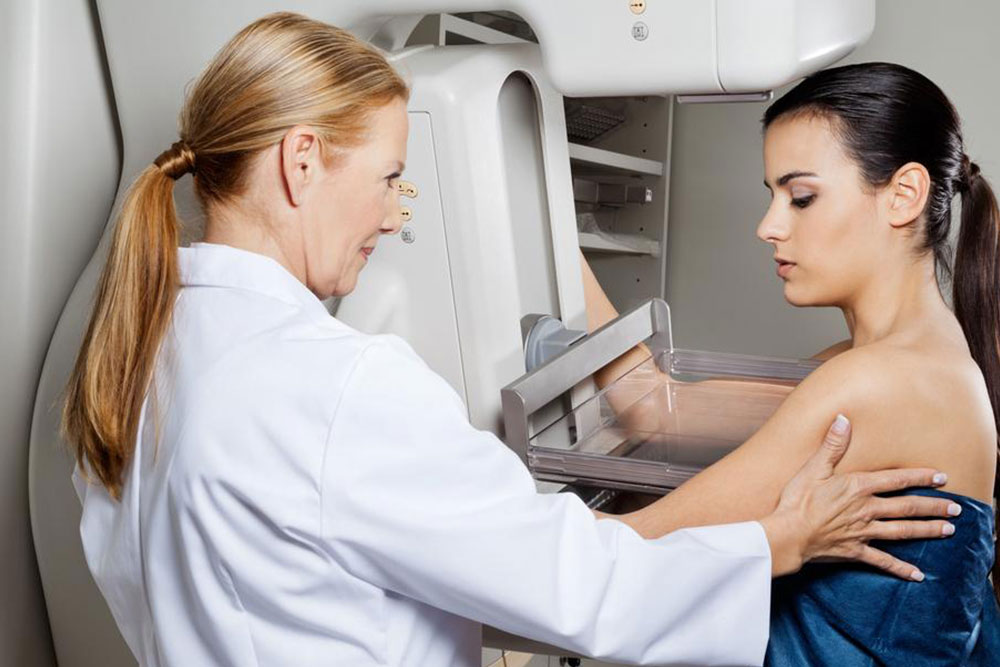Comprehensive Guide to Top Pain Relief Techniques Employed by Medical Specialists
Discover the top four pain relief strategies employed by healthcare specialists, including chiropractic care, heat and cold therapy, physical therapy, and medications. Learn how these methods can help manage chronic pain effectively, improve mobility, and enhance overall quality of life through personalized treatment plans designed for long-term relief and recovery.

Comprehensive Overview of Leading Pain Relief Methods Used by Healthcare Professionals
Chronic pain affects approximately 50 million people across the United States, significantly diminishing quality of life by disrupting daily activities, sleep patterns, emotional well-being, and personal relationships. Despite various coping mechanisms, managing persistent pain remains a complex challenge for many individuals. Pain management specialists dedicate their practice to developing effective, personalized solutions aimed at alleviating symptoms and addressing underlying causes, which may be physical, emotional, or a combination of both.
The process begins with a thorough consultation, where the specialist evaluates your medical history, conducts physical examinations, and may utilize diagnostic tools to understand the root of your discomfort. Based on this assessment, they recommend tailored treatment plans that often combine multiple therapies tuned to your specific needs, with the goal of reducing pain, improving mobility, and enhancing overall well-being.
While treatment strategies can be highly individualized, certain common modalities frequently form the core of pain relief programs. These methods have proven effective and are often recommended as initial interventions, with adjustments based on patient response and severity of symptoms. Let's explore the top four pain relief strategies that specialists commonly utilize to facilitate a pain-free and healthier life.
Chiropractic Adjustments and Spinal Manipulation: Chiropractic care is a well-established alternative medicine approach that targets nerve pathways and musculoskeletal structures responsible for many types of pain, including back, neck, headaches, joint, and radiating pains. Experienced chiropractors employ manual adjustments to realign the spine and other joints, alleviating nerve compression and reducing inflammation. This non-invasive, cost-effective therapy can significantly lower reliance on medications and facilitate quicker recovery periods. Regular chiropractic sessions may also promote improved posture, flexibility, and overall musculoskeletal health, making it a preferred option for many seeking drug-free pain relief.
Heat and Cold Therapy: Conservative Yet Effective Applying heat or cold packs is among the most accessible and immediate methods for pain management. Heat therapy enhances blood flow, relaxes tense muscles, and alleviates stiffness, providing relief especially for muscle strains, chronic joint conditions, and stiffness. Cold therapy, on the other hand, helps reduce swelling, inflammation, and numb nerve endings, offering prompt relief during acute injury phases. These therapies are simple to implement at home and often serve as first-line treatments before considering more advanced options. When heat and cold therapy prove insufficient, a healthcare provider may suggest more invasive interventions, including surgical options, especially for persistent or worsening symptoms.
Rehabilitative Exercises and Physical Therapy: Customized physical therapy programs are essential components of comprehensive pain management, especially for patients with chronic issues or post-surgical recovery needs. Skilled physical therapists design targeted exercise regimes aimed at strengthening affected muscles, improving flexibility, and restoring functional movements. Regular practice can significantly diminish pain levels, prevent future injuries, and promote long-term health. Moreover, rehabilitative exercises empower patients to actively participate in their recovery process, reduce dependence on medications, and improve their quality of life through increased mobility and strength.
Medications: Quick Relief with Limitations Pharmacological solutions, including over-the-counter pain relievers and prescription drugs, are commonly employed to achieve rapid symptom relief. These medications can be effective in managing acute pain episodes and improving comfort during flare-ups. However, they are typically considered short-term solutions due to potential side effects and the risk of dependency, especially with opioids. Healthcare providers often recommend a balanced approach, combining medications with other therapies to minimize dosage and duration while maximizing benefit. Patients are advised to use medications under medical supervision to prevent adverse reactions and ensure safe, effective pain management.
In conclusion, effective pain management requires a comprehensive, personalized approach that combines various strategies tailored to each individual's condition. Medical specialists play a crucial role in assessing, recommending, and overseeing these treatments to ensure optimal results. From chiropractic adjustments and physical therapies to conservative heat/cold applications and medications, these modalities work synergistically to provide relief, restore function, and improve quality of life for millions struggling with chronic pain. Staying informed about these options enables patients to collaborate actively with healthcare providers and adopt the best possible pain relief plan suited to their unique needs.





